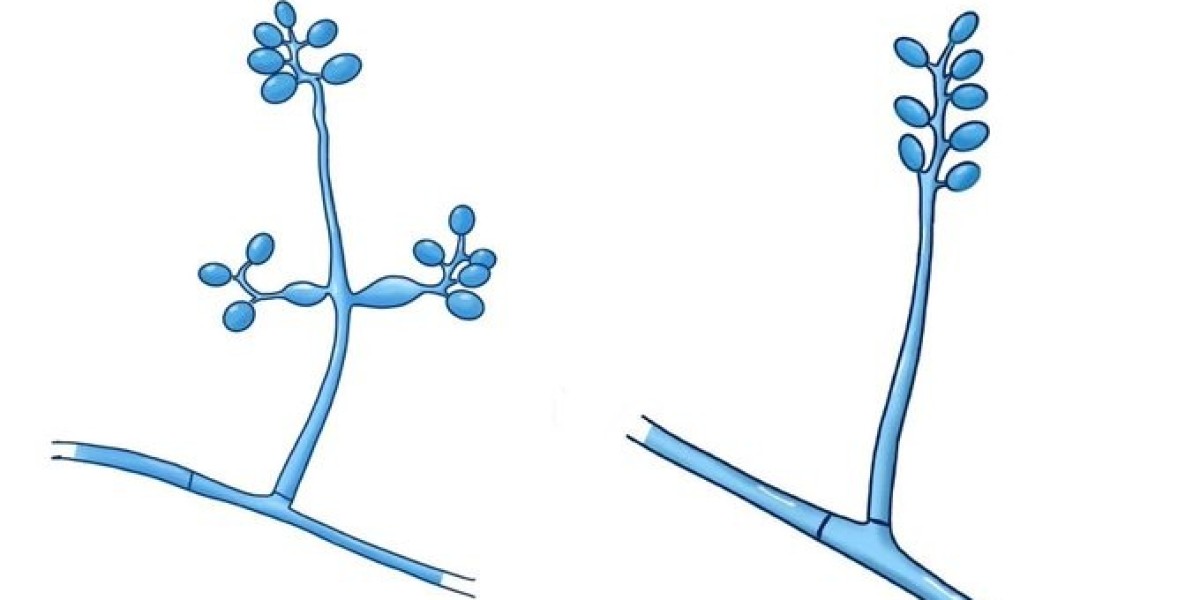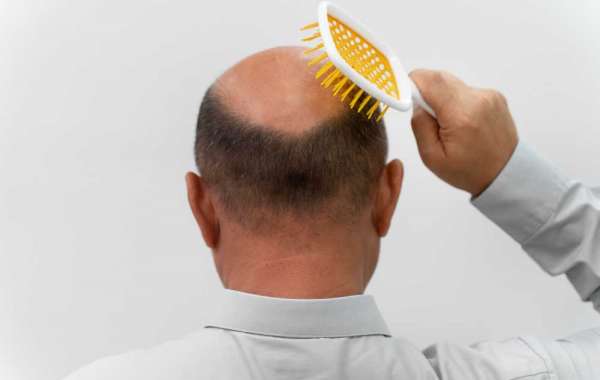The fungus Parengyodontium album, discovered among other marine life on plastic debris in the North Pacific Garbage Patch during the Ocean Cleanup's North Pacific Mission 3 in December 2019, was later identified and isolated by marine biologists from the Royal Netherlands Institute for Sea Research, along with collaborators from Utrecht University and institutions in Paris, Copenhagen, and Switzerland. This fungus, grown in laboratory conditions, has shown the ability to decompose polyethylene, a prevalent plastic used in products like packaging film, grocery bags, bottles, toys, and housewares.
While previous studies have identified bacteria and enzymes that can consume plastic waste, marine fungi that eat plastic are rare, making P. album the fourth known species. The significance of this discovery lies in the scientists' ability to measure the degradation rate.
Experiments indicate that polyethylene marine debris, when exposed to ultraviolet light, is broken down by the fungus at a rate of 0.044% per day.
"P. album in the laboratory only degrades polyethylene that has been pre-exposed to UV light for a brief period. This implies that in the ocean, the fungus is limited to degrading plastics that have initially floated near the surface," explained Annika Vaksmaa, the study's lead author. "UV light is known to mechanically break down plastic, but our findings also demonstrate its role in enabling the biological breakdown of plastic by marine fungi."
One concern is that the fungus does not consume much of the polyethylene's carbon; instead, it converts most of it into carbon dioxide, releasing this greenhouse gas. However, the amount of CO2 produced, which is comparable to the low amount exhaled by humans when breathing, is not considered problematic by the researchers.














